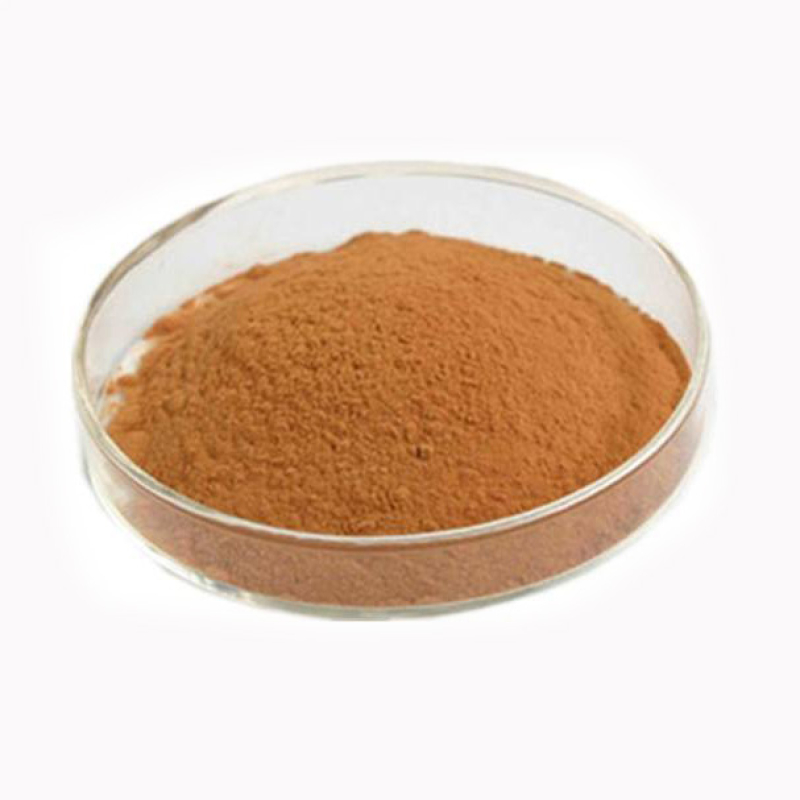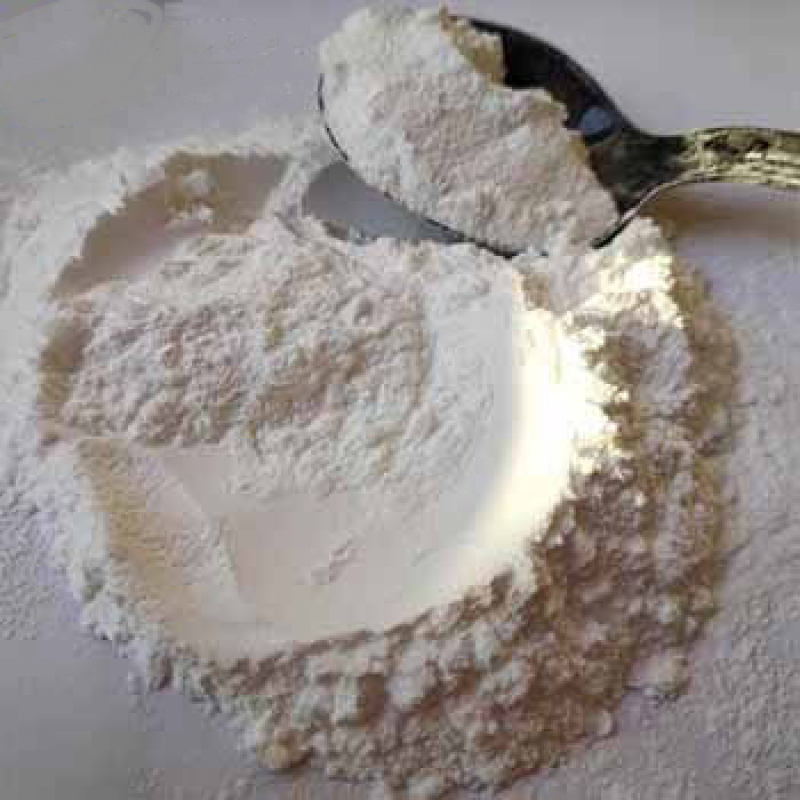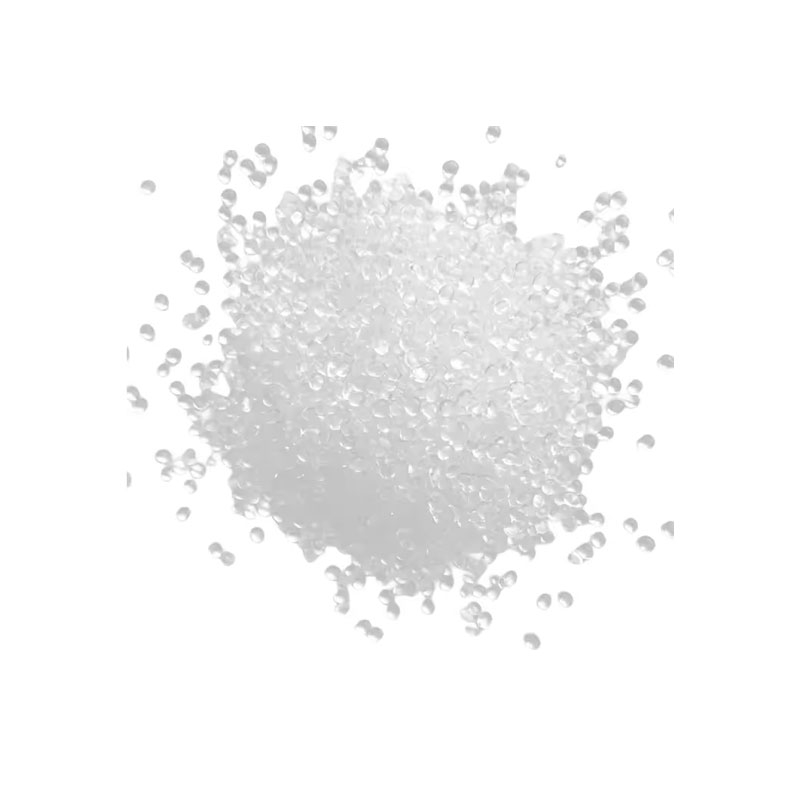Products Description of N,N'-Methylenebisacrylamide CAS#110-26-9N-N'-methylenebisacrylamide is an amine organic compound and is widely used as a chemical reagent. It is used in the textile industry to produce thickeners and adhesives, and in oil mining to produce leak-stopping agents. It is also widely used in leather chemicals, printing and many other fields. It is a quality product that is widely used in the market.
Contact Now
Products Description of N,N-Diethyl-p-phenylenediamine sulfate CAS#6283-63-2White or light red crystals. Soluble in water, slightly soluble in alcohol. Easily oxidized to pink.
Contact Now
Products Description of N-Acetylsulfanilyl chloride CAS#121-60-8Light brown to brown powder or fine crystals.
Contact Now
Products Description of N-(n-Butyl)thiophosphoric triamide CAS#94317-64-3A highly effective inhibitor of urokinase activityN-(n-Butyl)thiophosphoric triamide Chemical PropertiesMelting point 58-60°CBoiling point 277.4±23.0 °C(Predicted)density 1.171±0.06 g/cm3(Predicted)vapor pressure 0.001-1.7Pa at 25℃Fp 96°Cstorage temp. Keep in dark place,Inert atmosphere,2-8°Csolubility DMSO (Sparingly), Methanol (Slightly)form Solidpka6.23±0.70(Predicted)color White to Off-WhiteWater Solubility 4.3 g/L at 25 ºCSensitive StenchInChIKeyHEPPIYNOUFWE
Contact Now
Products Description of N-Hexadecyltrimethylammonium chloride CAS#112-02-7Cetrimonium chloride, also known as hexadecyltrimethylammonium chloride, is a white crystalline powder. It is easily soluble in isopropyl alcohol and water. It produces a lot of foam when shaken. It has good compatibility with cationic, nonionic and amphoteric surfactants.
Contact Now
Products Description of Pyrophosphoric acid CAS#2466-09-3Pyrophosphoric acid is a colorless needle-shaped crystal or a colorless viscous liquid. It forms crystals after long-term storage and is colorless glassy. Pyrophosphate has strong coordination properties. Excess P2O74- can dissolve insoluble pyrophosphates (Cu2+, Ag+, Zn2+, Mg2+, Ca2+, Sn2+, etc.) to form complex ions, such as [Cu(P2O7)2]6-, [Sn(P2O7)2]6-, etc. It is often used as a catalyst in industry to prepare organic phosphates, etc. Pyrophosphate meets silver salt to obtain white silver pyrophosphate precipitate.
Contact Now
Products Description of Formic acid CAS#64-18-6 Formic acid is an important chemical raw material. It was first discovered by Fisher in 1670. A.S.Marggret first produced pure formic acid in 1749.It was first discovered by distilling red ants, hence the name formic acid. Formic acid is widely found in nature, such as in the secretions of red ants, bees, caterpillars, etc., in the leaves and roots of plants, and in fruits. It is the simplest carboxylic acid. Compared with other fatty carboxylic acids, it has a special structure and is more acidic.
Contact Now
Products Description of 1-Hydroxyethylidene-1,1-diphosphonic acid CAS#2809-21-4Hydroxyethylidene diphosphonic acid, also known as HEDP, is a diphosphate compound used in detergents, water purification processes, cosmetics and pharmaceutical production.
Contact Now
Glycerin CAS#56-81-5Introducing our usp 99.7% Glycerine, a high-purity glycerin that is renowned for its exceptional quality and versatility. With the chemical formula C3H8O3, our pure glycerin is a key component in a variety of industries, from cosmetics to food processing.
Contact Now
Calcium Chloride (CAS#10043-52-4) - High-Quality Solution for Various IndustriesProduct OverviewCalcium Chloride (CaCl2), a high-purity industrial and food-grade compound, offers a versatile solution for applications across multiple industries.
Contact Now
Product Name: Anhydrous Citric AcidCAS Number: 77-92-9Anhydrous Citric Acid (CAS# 77-92-9) is a premium, high-purity compound known for its exceptional acidifying, buffering, and chelating properties.
Contact Now
Products Description of Hexamethylene diacrylate CAS#13048-33-4This product is a bifunctional monomer with low skin irritation, low shrinkage and high activity.
Contact Now
Product Description: USP 99.7% Glycerine (CAS# 56-81-5)Our premium USP 99.7% Glycerine (CAS# 56-81-5) is a high-purity, pharmaceutical-grade glycerine perfect for versatile applications across a variety of industries.
Contact Now
Products Description of Neosperidin dihydrochalcone CAS#20702-77-6Neohesperidin dihydrochalcone (NHDC) is a new sweetener that is hydrogenated from neohesperidin extracted from natural citrus plants. It has high sweetness, good taste, long-lasting aftertaste, and low calories.
Contact Now
Products Description of Thiotriazolin CAS#357172-63-5Colorless liquidFactory and Equipment ShowFast delivery timeInventory 2-3 working days New production 7-10 working days
Contact Now
Products Description of Silver acetate CAS#563-63-3Silver acetate is an off-white solid powder at room temperature and pressure. It has average solubility in water. 1L of water can dissolve about 10.2g of silver acetate. It has good solubility in organic solvents such as ethanol, methanol and acetone.
Contact Now
Products Description of 1,3-Dichloroisoquinoline CAS#7742-73-61,3-Dichloroisoquinoline is a white to brown crystalline powder.1,3-Dichloroisoquinoline Chemical PropertiesMelting point 121-122 °C (lit.)Boiling point 307°C(lit.)density 1.407±0.06 g/cm3(Predicted)storage temp. Inert atmosphere,Room Temperatureform powder to crystalpka-1.49±0.50(Predicted)color Light yellow to Brown to Dark greenCAS DataBase Reference7742-73-6(CAS DataBase Reference)Safety InformationHazard Codes XiRisk Statements 36/37/38Safety Statements 26-36WGK Germany 3HS
Contact Now
Products Description of 1,3-Dioxan-2-one homopolymer CAS#31852-84-3Polylactic acid is also known as polyhydroxypropionic acid or polylactide. It is a biodegradable polymer material formed by the polycondensation of lactic acid monomers. It is soluble in solvents such as chloroform, acetone, dioxane, dimethylformamide, benzene, toluene, and insoluble in saturated alkanes such as petroleum ether. It has good biocompatibility and blood compatibility, good anticoagulant properties in vitro, can be degraded by the human body, and excreted from the body as carbon dioxide and water.
Contact Now
Products Description of Poly(L-lysine hydrobromide) CAS#25988-63-0Antioxidants, Chelating Agents, PreservativesPoly(L-lysine hydrobromide) Chemical Propertiesstorage temp. 2-8°Cform lyophilized powderStability:Stable. Incompatible with strong acids, strong bases. Safety InformationWGK Germany 3F 3-10Product Application of Poly(L-lysine hydrobromide) CAS#25988-63-0Only a trace amount of polylysine needs to be added to food to be effective, and it will not affect the taste of the food. It can be used as a natural preservative for food.
Contact Now
Products Description of 2,4-Difluoro-alpha-(1H-1,2,4-triazolyl)acetophenone CAS#86404-63-9Pharmaceutical Chemical Intermediates2,4-Difluoro-alpha-(1H-1,2,4-triazolyl)acetophenone Chemical PropertiesMelting point 103-107 °C(lit.)Boiling point 388.0±52.0 °C(Predicted)density 1.39±0.1 g/cm3(Predicted)storage temp. 2-8°Csolubility Chloroform (Slightly), Methanol (Slightly)form Solidpka2.05±0.10(Predicted)color White to pale brownCAS DataBase Reference86404-63-9(CAS DataBase Reference)Safety InformationSafety Statements 24/25WGK Germany 3HS Cod
Contact Now
Products Description of Isopropyl alcohol CAS#67-63-0Isopropyl alcohol is also known as fire wine, dimethyl methanol, 2-propanol, English: isopropylalcohol, the simplest secondary alcohol, and one of the isomers of n-propanol.A colorless, flammable liquid with a strong odor, similar to the smell of a mixture of ethanol and acetone, but not very strong. It is soluble in most organic solvents such as water, alcohol, ether, benzene, chloroform, etc., and can be miscible with water, alcohol, ether, and can form an azeotrope with water.
Contact Now
Products Description of Isopropyl alcohol CAS#67-63-0Isopropyl alcohol, also known as fire wine, is the simplest secondary alcohol and one of the isomers of n-propyl alcohol. It is a colorless, flammable liquid with a strong odor, similar to the mixture of ethanol and acetone, but not very odorous. It is soluble in most organic solvents such as water, alcohol, ether, benzene, chloroform, etc. It is miscible with water, alcohol, ether, and can form an azeotrope with water.
Contact Now
Products Description of Ferrous sulfate heptahydrate CAS37782-63-0The chemical formula of ferrous sulfate is FeSO4. The most common one is ferrous sulfate FeSO4·7H2O containing seven crystal waters, commonly known as green vitriol. Light blue-green monoclinic crystal, density 1.898g/cm3, melts in crystal water at 64℃. Soluble in water, the aqueous solution is acidic. Gradually weathered in the air, and oxidized to yellow-brown basic iron salt.
Contact Now
Phenol CAS# 108-95-2 Phenol is the easiest member of a classification of natural compounds possessing a hydroxyl team connected to a benzene ring or to a extra complicated fragrant ring system.Also recognized as carbolic acid or monohydroxybenzene, phenol is a colorless to white crystalline fabric of candy odor, having the composition C6H5OH, bought from the distillation of coal tar and as a derivative of coke ovens.Phenol has extensive biocidal properties, an
Contact Now

































